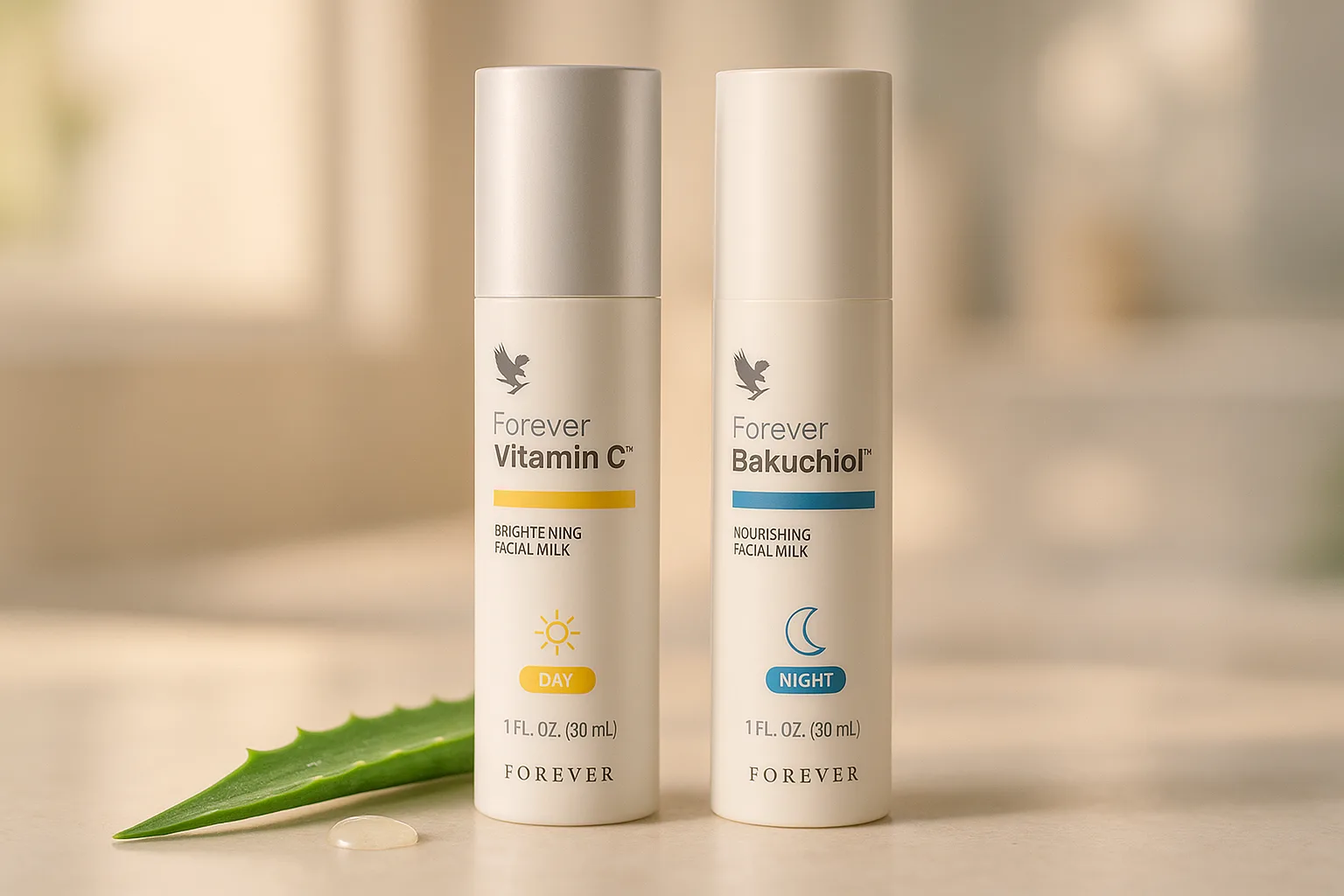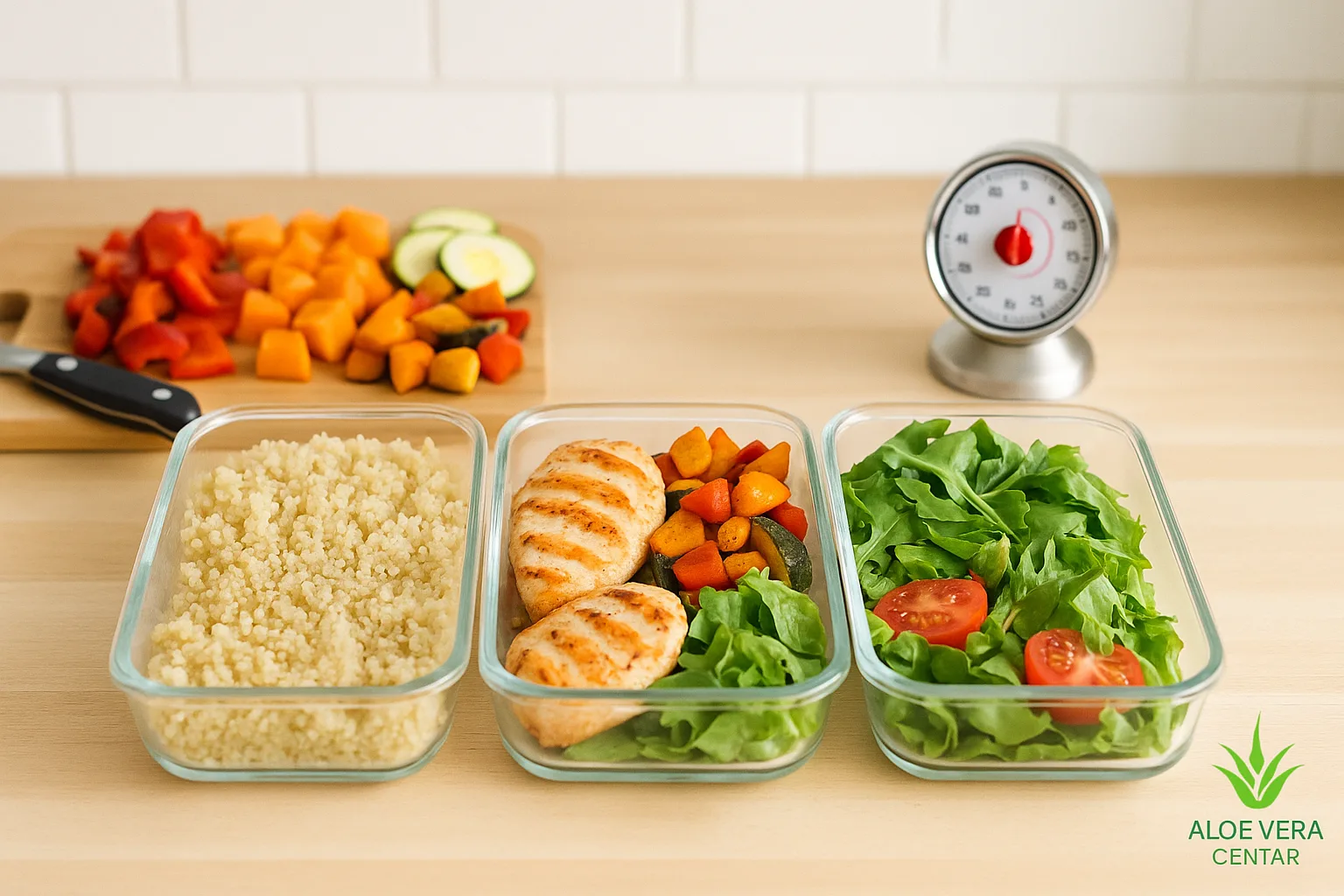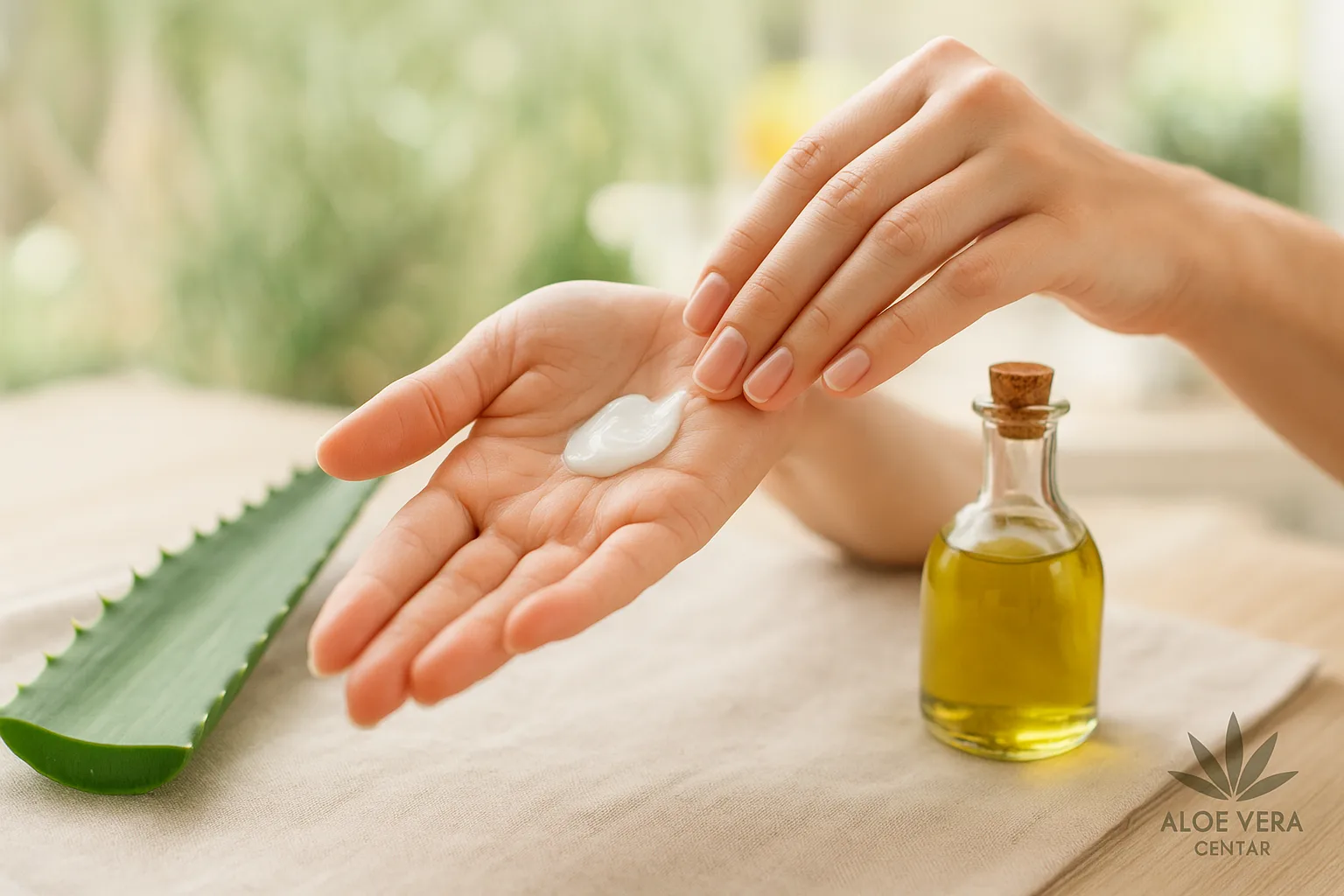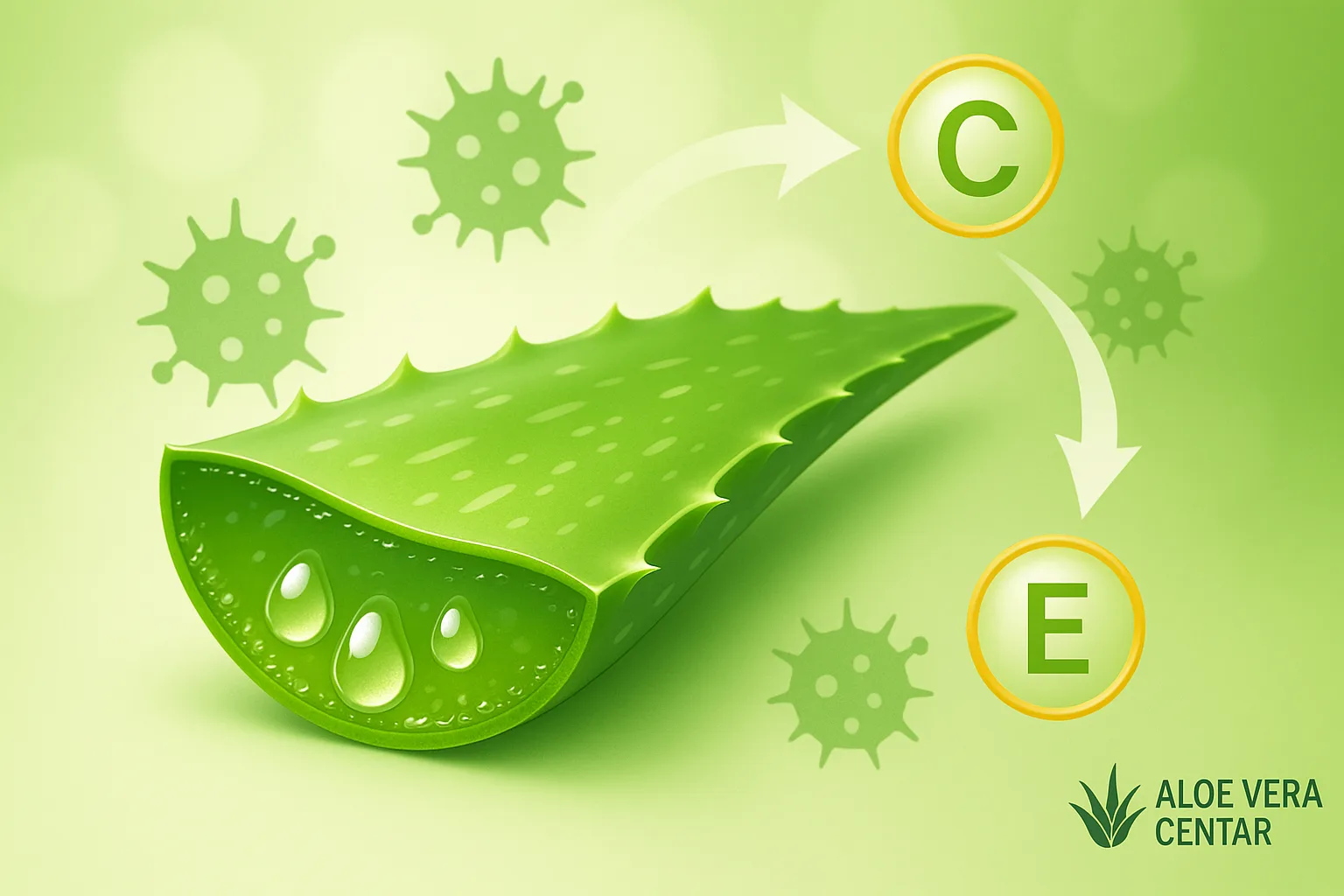
Restarting your Body after a Break: a Safe Plan to Return to Activity
Restarting your Body after a Long Break: a Smart Plan to Regain Energy and Fitness
Getting active again after illness, injury, or a relaxing vacation can sound intimidating, right? You might feel like you’ve lost all progress, your muscles are “rusty,” and motivation is slipping away. But this isn’t the end of the story — it’s your new beginning! In the next 15 minutes, you’ll learn how to gradually, safely, and cheerfully get your body back in motion, without unnecessary risk of new injuries.
Why Muscles “Forget” – Brief Physiology of a Break
After just two weeks of inactivity, the body starts losing muscle mass and aerobic capacity. One study published in Sports Medicine showed that VO₂ max can decrease by up to 10%, and muscle strength by up to 5%. This happens because muscle cells use less energy, causing mitochondria to “fall asleep.” The good news? Muscle memory exists! With a sensible plan, you’ll regain fitness faster than you built it the first time.
Preparing the Ground: Goals and Mental Reset
Before starting with squats or running, sit down and formulate SMART goals – Specific, Measurable, Achievable, Relevant, and Time-bound.
- Specific: “I want to walk 5,000 steps daily” instead of “I want to walk more.”
- Measurable: Use a pedometer or app.
- Achievable: If you’ve been in a cast, 15,000 steps isn’t wise.
- Relevant: Activity must improve health, not just burn calories.
- Time frame: Set a deadline of four to six weeks.
You might wonder why? Because clearly defined goals have been proven to increase exercise return success by up to 42%.
Supplements that Make a Difference
Vitamin C and collagen can help in connective tissue recovery. If you want the synergy of glucosamine, chondroitin, and aloe vera in one product, Forever Freedom is a practical way to support your joints while retraining your body to move.
The Power of Routine: First Week
“Sounds too good to be true? Keep reading…”
In early return, the goal is to stimulate circulation without overdoing it. Here’s a proven seven-day routine:
- Days 1-2: 10-15 minutes of light walking + 5 minutes of stretching.
- Days 3-4: Add mobility exercises (hip and shoulder circles) and 2 sets of light bodyweight squats.
- Day 5: Include 5-10 elevated push-ups, with knee support if needed.
- Day 6: Short cardio pulse-raiser – 15 minutes of moderate-pace cycling.
- Day 7: Active recovery – gentle stretching with the power of silence and guided breathing.
Second and Third Phase: Pain-Free Progression
Weeks 2-3: Introduce Resistance
You might feel ready for the gym. Great, but start with 40-50% of your usual weights. After each set, ask yourself: “Could I do two more reps?” If the answer is “yes,” you haven’t overdone it.
Weeks 4-6: Specific Training
In this phase, add HIIT or circuit training twice weekly, dedicating the rest to stabilization exercises. For endurance, check out the article on L-arginine for athletes which could be your new ace.
Preventing Inflammation and Pain
Muscle soreness (DOMS) is normal, but prolonged pain isn’t. A cold bath reduces inflammation by 20%.
Stress and Motivation: Exercise Isn’t just Physical
Early return is often blocked by fear of re-injury. Reduce cortisol with short evening meditation or herbal teas like lemon balm. If your focus wanders due to work obligations, check out tips from the workplace stress article and learn quick relaxation tactics.
Want a personalized plan without the guesswork? Click and use our AI advisor that creates a routine based on your age, fitness level, and goal in just minutes.
Warning Signs: when to Slow Down
- Sharp joint pain lasting more than 48 hours.
- Swelling that doesn’t reduce with ice and elevation.
- Fatigue that persists even after good sleep.
- Unexplained dizziness or tachycardia during light walking.
If you notice any of these symptoms, stop training and consult a doctor.
Long-term Sustainability: Building Habits
Inspiration often fades faster than morning coffee. Build on small victories: record each new set or longer walk. Set a mini-challenge each month, like additional 500 steps daily. Just 1% improvement daily leads to amazing results.
Frequently Asked Questions
How Quickly Can I Increase the Load?
Increase weight or duration by no more than 10% weekly to reduce injury risk.
Should I Do Static or Dynamic Stretching before Activity?
Choose dynamic stretching before exercise, and save static stretching for the end to improve flexibility.
What’s the Best Supplement for Immune Recovery after Illness?
A good source of vitamin C, like Forever Absorbent C, can help the immune system, but a diverse diet is most important.
Conclusion
Your return to activity doesn’t have to be painful or complicated. Listen to your body’s signals, nourish it with quality food and supplements, recognize the power of rest, and feed motivation with small successes. If you’re ready to take the first step, take advantage of 15% off selected products that can accelerate your recovery and make training enjoyable.
Additional Body Support
If you’re returning to training after a long break, pay special attention to proper muscle and skin care. For minor injuries or irritations, Forever Aloe First – a multipurpose spray that soothes and promotes skin regeneration – can help.
For faster recovery after physical exertion and minor injuries, check our detailed guide on recovery with aloe vera and proper nutrition.
If you feel stress is slowing your progress, consider natural adaptogens. Ashwagandha can help reduce cortisol and support hormonal balance, making physical return to activity easier.
Note: This information is for educational purposes and does not replace advice from a doctor or physiotherapist.








